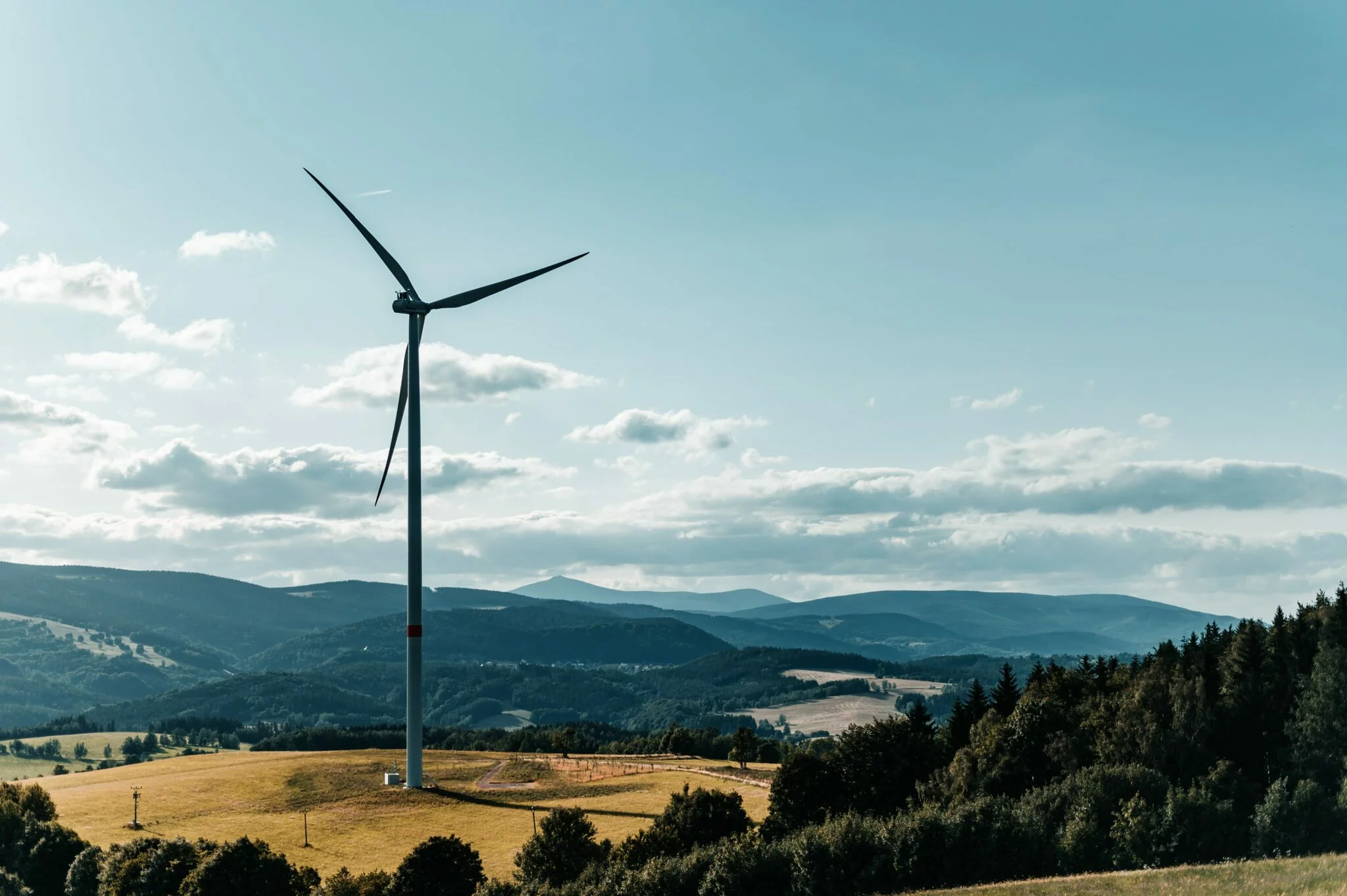These countries have also sought more time to implement the norms or disciplines, which would be finalised after complete negotiations, on the prohibition of subsidies for fishing activities in Exclusive Economic Zones (EEZs).
NEW DELHI: Certain developing countries including India are seeking complete exemptions from rules, being negotiated currently in WTO to discipline fisheries subsidies, on unregulated and unreported fishing activities being carried out by poor fishermen within the territorial water regions, according to sources. These countries have also sought more time to implement the norms or disciplines, which would be finalised after complete negotiations, on the prohibition of subsidies for fishing activities in Exclusive Economic Zones (EEZs), they said.
One of the sources added that these WTO (World Trade Organisations) member nations are ready to implement these disciplines for fishing activities in high seas and for illegal fishing activities.
The objective of the ongoing negotiations by WTO member countries is to discipline subsidies and the overall objective is to have sustainable fishing and to curb IUU (illegal, unreported and unregulated) fishing.
India has maintained that countries that have provided huge subsidies for unsustainable fishing should first take the responsibility of significantly cutting down those harmful support measures which are leading to overfishing.
Sources said that WTO rules should not burden poor fishermen who are making their livelihoods from the sector and catch fish in the territorial waters (12 nautical miles from the sea shore).
“The objectives of the negotiations are sustainable fishing. The prohibitions on subsidies which would be finalised after negotiations should not be implemented for unregulated and unreported fishing in territorial waters.
“More time should be given to developing countries and least developed countries (LDCs) to implement the norms in EEZs. It could be implemented without any hassle for fishing in high seas and illegal fishing activities,” sources added.
The ongoing negotiations are based on three pillars – prohibition of subsidies on IUU; prohibition of subsidies on overfished stocks; and prohibition of subsidies on over-capacity and over-fishing.
Further India has time and again stated that WTO negotiations on ending harmful fisheries subsidies cannot be concluded without providing carve outs for small and subsistence fishermen from developing countries.
Recently in a meeting on November 20, India stated that special and differential treatment (S and DT) is required to have a policy space for the future and to develop its fisheries sector.
“In the name of sustainable fishing, the unnecessary burden should not be imposed on developing countries and LDCs who provide minuscule or do not provide any subsidies for fishing. There is no merit in comparing millions of subsidies given in the past or being given presently for industrial fishing with minuscule subsidies of few dollars given for sustenance of livelihood and food security to our small fishermen and women,” India has said.
Developed countries are pushing for these prohibitions on subsidies. Unlike rich nations which provide billions of dollars of subsidies to their fishermen, India’s subsidy amounts to only about Rs 770 crore. The government provides subsidies on things like fuel and boats.
Unlike India, fishing communities of developed countries use highly mechanised boats for fishing, which are called mother boats wherein they have processing units also.
Developed countries want to intensify negotiations on fisheries subsidies so that the talks can be concluded by next month, which looks unlikely due to COVID-19 pandemic.
The sector provides livelihood to about 16 million Indian fishermen and fish farmers at the primary level and about twice the number along the value chain.
The share of fisheries sector in the total GDP (at current prices) increased from 0.40 per cent in 1950-51 to 1.03 per cent in 2017-18.
Note: This blog is a re-post of the original posted on The Economic Times website.






